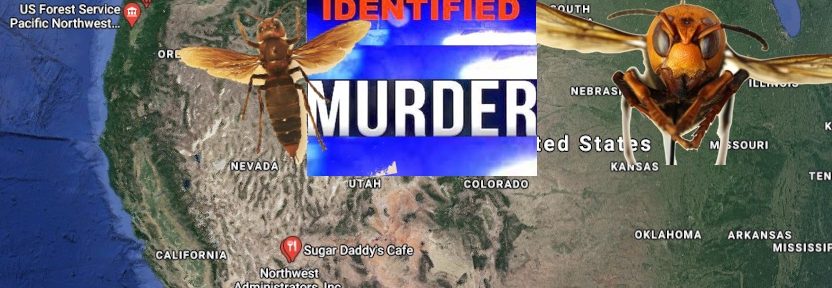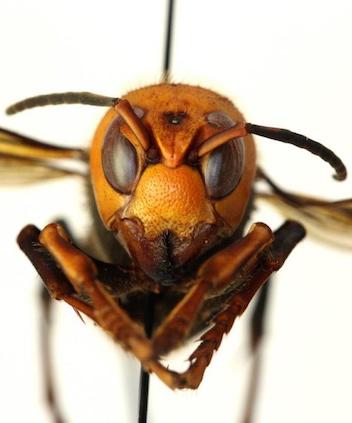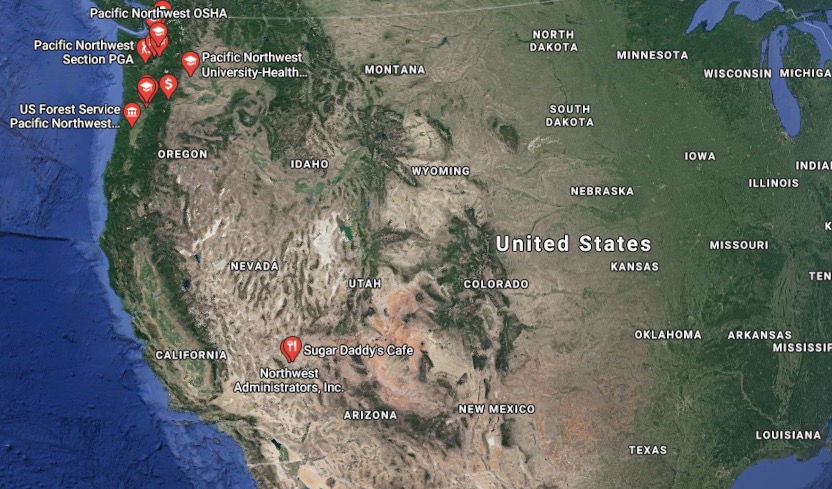PACIFIC NORTHWEST. (THECOUNT) — Americans have a lot on their plates right now, but just when things seemed to be improving and getting back to normalcy, or at least, the new normal, enter the ‘murder hornet.’
Murder hornets, or more commonly known as the, ‘Asian giant hornet,’ hail from Japan and yes folks, they have made their way to the Pacific Northwest are of the United States.
|
Advertisement |
The supersized hornet, or ‘Vespa Mandarinia Magnifica,’ clocks in at roughly 2 inches long and sports a menacing yellow-orange head.
According to the KENS, the creature, which looks more like something out of a syfy movie, has been known to kill up to 50 people per year in Japan. They are also known for decimating the honeybee population.
As of now, Vespa Mandarinia have only been spotted in the Pacific Northwest. Experts say they have been tracking them in the U.S. “for months.”
Here’s more about the Asian giant hornet from the Washington State Department of Agriculture.
While on very rare occasions they can be deadly to humans — primarily because of allergic reactions — their biggest threat is to the honeybee population.
Asian Giant Hornets attack beehives for protein. Their active season starts in April and runs through early summer/early fall when they become most destructive to honey bee populations.
“Don’t try to take them out yourself if you see them,” Washington State Department of Agriculture entomologist Chris Looney said in a press release in April. “If you get into them, run away, then call us! It is really important for us to know of every sighting, if we’re going to have any hope of eradication.”
Experts tell anyone that sees the hornets to leave them alone and call authorities. Even beekeeping suits, they say, are not adequate to protect against the hornet’s sting.
DEVELOPING::
Geo quick facts: The Pacific Northwest, sometimes referred to as Cascadia, is a geographic region in western North America bounded by the Pacific Ocean to the west and (roughly) by the Rocky Mountains on the east – wikipedia.






